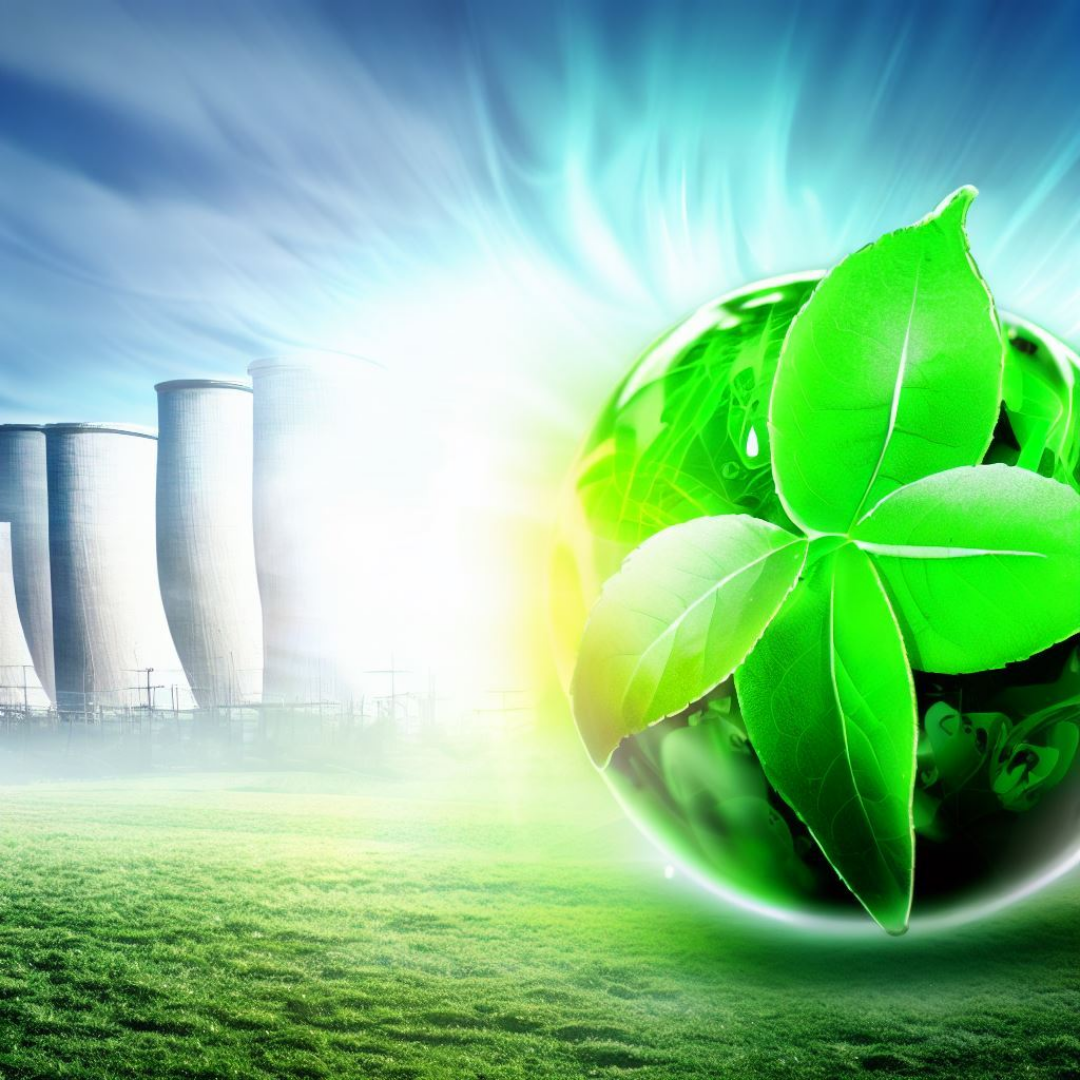Schroders observations about nuclear energy are that “it is not only scalable but much cleaner as it emits just 10-15 grams of CO2 kilowatts per hour”.

The analysis of nuclear energy characteristics within a sustainable development framework shows that the methods adopted by the nuclear energy sector (NES) are generally consistent with the fundamental sustainable development goal of making reliable large assets available to future generations, while the main concern is to minimise environmental impacts.
Schroders observations about nuclear energy are that “it is not only scalable but much cleaner as it emits just 10-15 grams of CO2 kilowatts per hour”.
Nuclear energy is competitive with both wind and solar energy, and it is substantially better than coal and gas.
Nuclear energy is unsustainable for the environment:
As there is a limited supply of radioactive elements, fuel, and waste that lasts for just 10 years, nuclear energy is unsustainable.
Nuclear energy generates huge amounts of toxic waste:
The multiple stages of the nuclear fuel cycle produce large volumes of radioactive waste. The government has not yet taken any measures to manage it. Some of this nuclear waste is highly radioactive and will remain so for several thousand years.
Role of Nuclear Energy in Sustainable Development Goals:
Nuclear energy has a central role to play in achieving universal access to clean water and sanitation. “DESALINATION” (the process of removing salt from sea water) of sweaters using heat generated by nuclear reactors produces pure, clean water without the greenhouse gases emitted by the fossil fuel plants.
Nuclear power plants produce a large amount of low-carbon power and require less land to do so than any other energy source. Nuclear power plants emit virtually no air pollutants during processes, and as they are reliable and can be deployed on a large scale, they can directly replace fossil fuel plants.
As we hear the word clean energy, we think about solar panels and wind turbines. But despite these resources, nuclear energy is one of the most clean energies.
Reasons why nuclear is clean and sustainable:
The following are some reasons:
-
Nuclear energy protects air quality:
Nuclear energy is a zero-emission, clean energy source. It generates power through fission by splitting the uranium atoms to produce energy.
The heat released by fission is used to create steam that allows the turbine to move and generate electricity without producing any harmful byproducts.
It also keeps the air clean by removing many toxic and harmful materials.
each year to avoid smog, acid rain, lung cancer, and many cardiovascular diseases.
-
The nuclear energy land footprint is small:
Despite producing massive amounts of carbon-free power, nuclear energy produces more electricity on less land than any other clean air source.
-
Nuclear energy produces minimal waste:
Nuclear fuel is extremely dense. It’s about 1 million times greater than that of other traditional energy sources, and because of this, the amount of nuclear fuel is not as large as you think.
Benefits of nuclear energy for the environment:
Nuclear power is one of the world’s energy sources that emits the fewest greenhouse gases. It has a very low emission rate—four times less than solar. It has one of the smallest carbon footprints. It’s essential to our response to climate change and greenhouse gas emissions.
It has high energy density. Nuclear fission is nearly 8,000 times more efficient at producing energy than traditional fossil fuels. Because nuclear energy is more efficient, it requires less fuel and produces less waste. Nuclear power plants emit virtually no air pollutants during the process because they are reliable and can be used on a large scale. They can directly replace fossil fuel plants.
The issue of nuclear waste and processed water:
The production of nuclear power needs a large amount of water to cool the reactors. For example, a nuclear power plant uses slightly more water than coal or solar power plants, according to the Electric Research Institute of Power. Any radioactive material that gets into surface water or groundwater sources will be diluted to very low levels by the water and will be safe to use for washing skin, hair, and clothing.